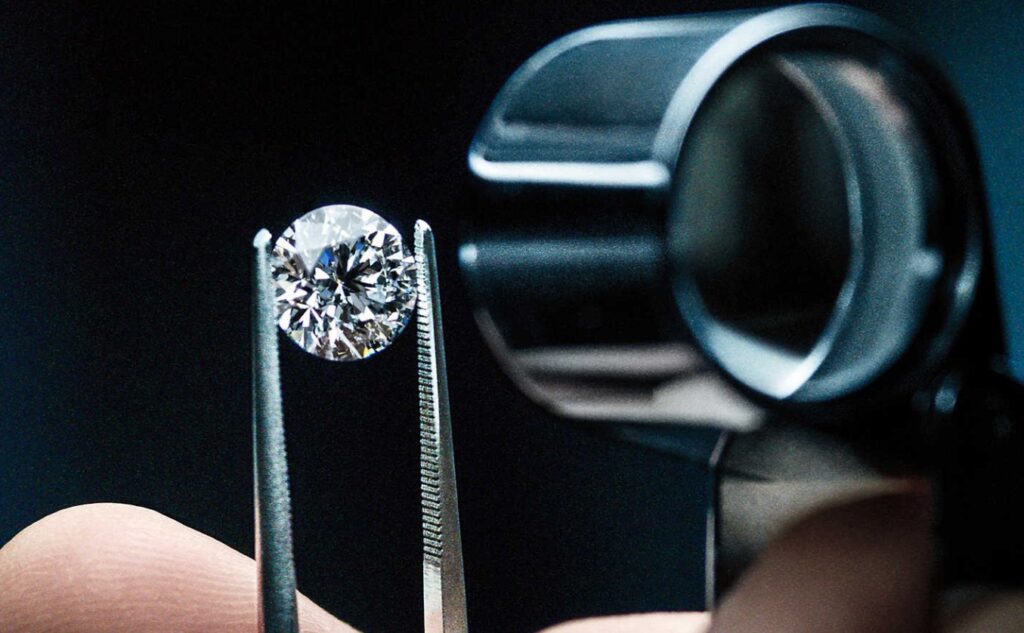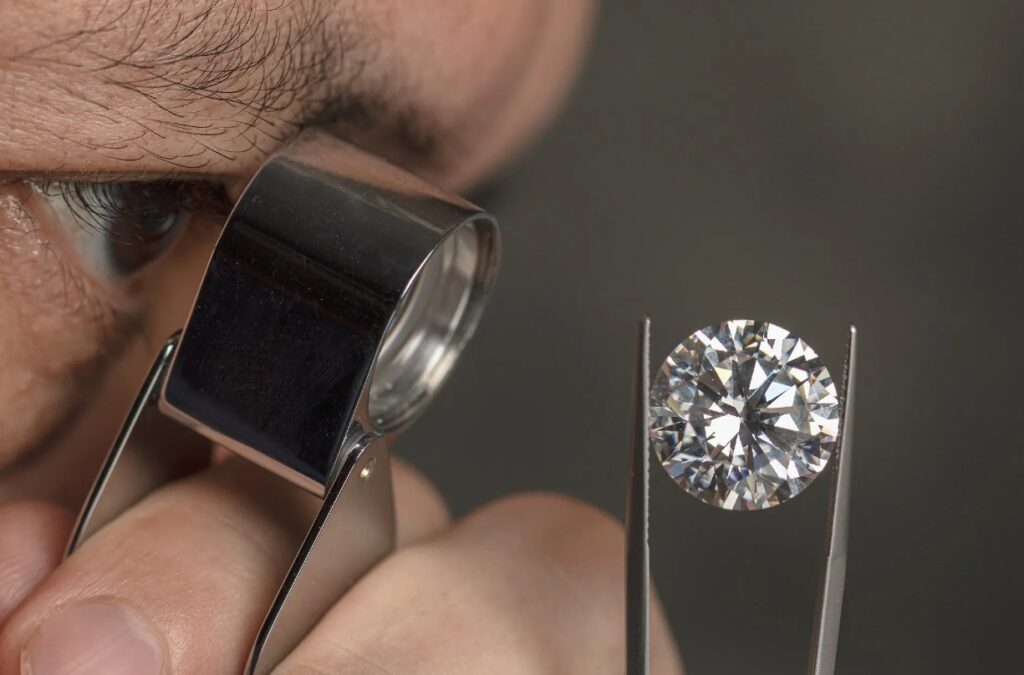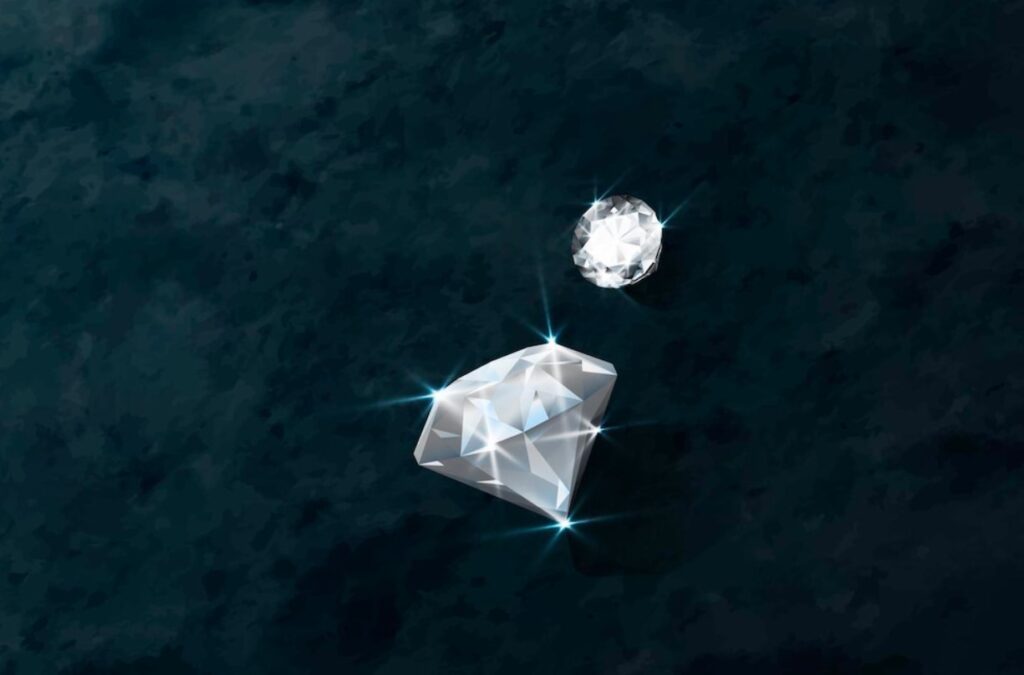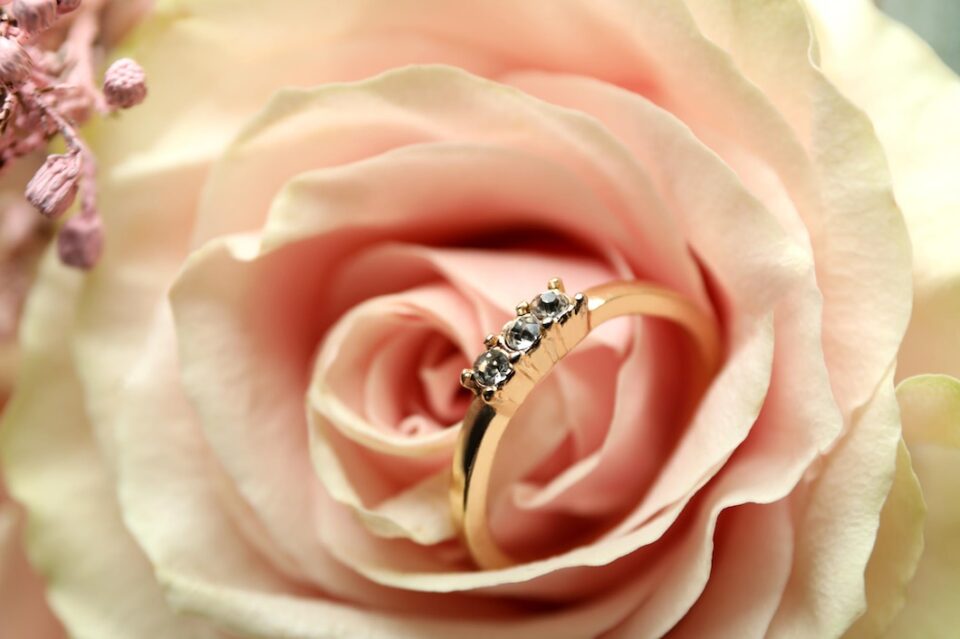Since purchasing a diamond is an emotional decision, you want to be sure that the stone is genuine before you sign on the dotted line. However, how can you determine if the diamonds used in your three-stone diamond ring are genuine? It seems to sense that you would want to confirm the legitimacy of your engagement ring, whether you want to buy a diamond ring or you want to look over your jewelry.
You want your diamond to endure the test of time. As a result, we strongly advise consulting a respected jeweler if you have any doubts about the authenticity of a diamond. In an emergency, you can apply one of these quick tests to determine whether a diamond is real or fake at home.
1. Check The Certificate
Prior to buying a 3-stone diamond ring, one should always demand the correct certification. The ideal sources to utilize as a foundation for a diamond’s authenticity are a grading authority like the GIA, IGI, or AGS, as well as an independent appraiser who is associated with a professional organization.
2. Scratch Test
Because diamonds are among the world’s strongest natural resources and can break glass, this test is based on that fact. This test will show whether your glass is genuine or not. It is called the scratch test. Simply have your diamond in hand and a plate of glass nearby.
Using the stones of your 3-stone diamond ring, scratch the glass’s surface as it is placed on a platform. Your stone is probably authentic if it develops a scratch. Otherwise, it is fake. The glass could get damaged during this process, it should be mentioned. Because numerous different stones could produce identical findings, it is also not one of the most reliable tests for your stone’s quality. Diamond rings that pass this test are genuine.

3. Fire Test
You can subject your diamond to a fire test if you’re serious about determining if it’s real or fake. The stone should be lit for around 30 seconds with a lighter before being submerged in ice water. The stone won’t be damaged if it’s a real diamond, but it will break apart if it’s a fake. This will occur as a result of weaker materials’ inability to withstand the rate at which they will expand and then contract as a result of the heat from the fire. Unlike actual diamonds, which are made under extreme heat and pressure and develop over billions of years.
4. Water Test
Diamonds are also very dense and the hardest gemstone known to man. Despite being heavy, this makes them sturdy and ideal for daily wear. When diamonds are placed into a glass of water, they bob to the bottom due to their weight and density. Crystals lack the density of diamonds by a wide margin. This indicates that they frequently float at the water’s surface or halfway up the glass.
Fill a glass with water to test your stone. Drop the stone into the glass; if it sinks, it is real; if it floats, it is a fake.

5. Fog Test
Some professionals employ a breath test to distinguish between real and fake stones. When you breathe slowly over a diamond, little beads of moisture appear over the stone and vanish very quickly. The heat conductivity is the cause. An object that is not a diamond progressively loses its fog. For this reason, diamonds serve as a utility in electronics. Wafer-thin samples produced in the lab are excellent thermal conductors for circuits. The finest thermal conductivity on Earth is a diamond.
6. Use A Magnifying Glass
Hold up your stone and inspect it with a magnifying glass to check for flaws. Since most actual diamonds have inclusions, also known as defects, if you are unable to locate any, the item is probably fake. There are diamonds that are flawless, but they are either exceedingly expensive or lab-created. Keep the stone in your possession; you might be holding a flawless, extremely costly diamond.

7. U.V. Test
A black light is required for this one. After getting it, turn off the lights in your house and lay the diamond in front of the U.V. light. Most diamonds will emit a blue glow under U.V. light, but not all of them will. Watch for its reaction and note the color it reveals. The gem is most likely not a diamond if, on the other hand, you notice a faint green, grey, or yellow fluorescence. It’s advisable to have a diamond professional use their sophisticated equipment to examine the stone because this is not a conclusive test, and not all diamonds will exhibit a blue color.
8. See The Sparkle
A stone’s authenticity can be determined by how it reflects and refracts light. The at-home sparkle test involves observing how the stone reacts to light. Since a stone’s inherent ability to reflect light cannot be changed, a gem’s light refraction—or lack thereof—is often correct. Stones that are artificial or false sparkle less than natural or mined diamonds.
With light reflection, search for hues of grey. Artificial stones with more iridescent colors and glitter include cubic zirconia. Light is reflected in more greyish tones by natural diamonds. Therefore, if your stone has a variety of colors, it is artificial.

9. Check The Setting
Even though this approach is not always practical, it works most of the time. If the diamond is set, try to see if the ring’s metal is of low grades, such as one that bears the stamp “C.Z.” If it does, the diamond is probably not real. Rings made of 10K, 14K, or 18K gold or labeled 585, 900, 750, 950, P.T., or Plat, on the other hand, are likely to include actual diamonds.
Conclusion
Two crucial steps should be taken while purchasing diamonds in order to avoid any doubt about their genuineness. First, refrain from purchasing uncertified diamonds. Second, only buy precious stones from reputable jewelers who have a reputation for offering only top-notch 3-stone diamond rings. Prevention, they say, is preferable to cure. Therefore, it is in your best interests to buy real diamonds from licensed jewelers. A little caution when making your purchase will prevent you from having many restless nights.

